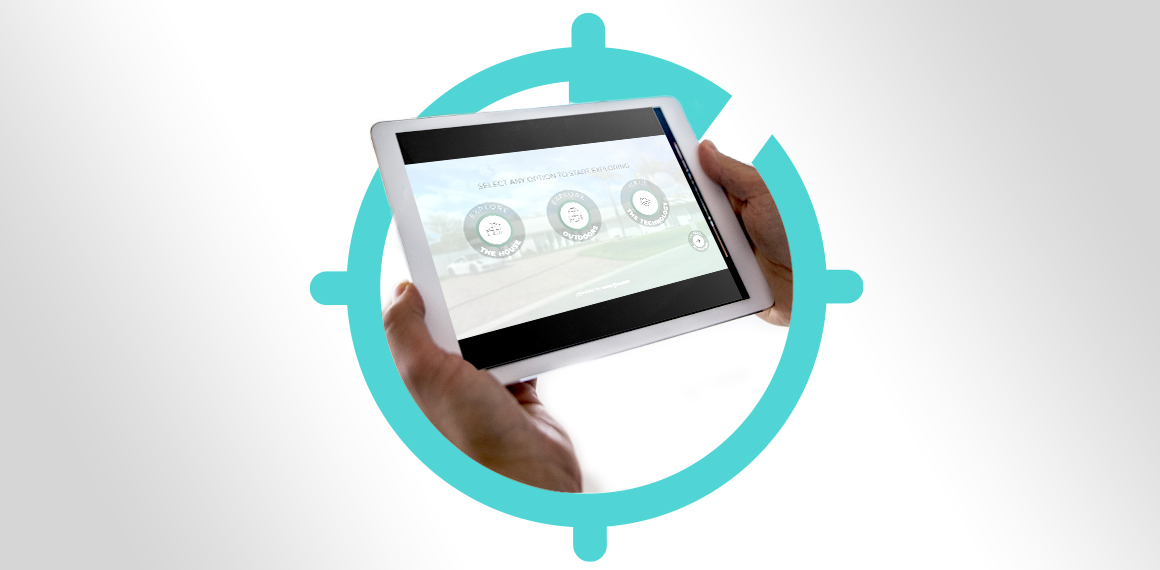7 Min. Reading
Webinars are bread-and-butter. They are necessary for raising brand awareness, for bringing new leads to the customer funnel, for eLearning processes, remote onboardings, you name it. Hence, having the most engaging and cost-effective webinar is not just desirable; it is crucial. But how can you achieve that?
One way to do it is by developing better skills as a speaker to make your session more dynamic. Regular webinar platforms also provide other tools, like polls, you can use during the presentation and some experts even advise making the listeners stand up and stretch in front of the camera. Still, all these resources have their limits.
The alternative is doing your webinar through an interactive video with integrated BI. Here is why.
1. Pre-recorded videos allow the viewer to pause and continue when able to concentrate
All our school teachers knew it: our brains perform better when we have rested properly. Unlike live webinars, pre-recorded webinars allow the viewers to stop and continue watching when they can pay attention. This increases comprehension and retention, meaning your webinar will have a higher ROI if you can guarantee the viewer can stop and return while having visibility of his/her competition of the course.
Here is where having an interactive video becomes crucial: as a webinar organizer, you may have experienced the need to take a break, but how are you going to guarantee the content is fully consumed? Simple: with BI.
The business intelligence embedded in interactive videos gives you complete visibility of whether a viewer watches the webinar to the ends or abandons it. This engagement information is useful for designing future content and, in cases such as onboarding processes, knowing if the viewer has complied.
This resource can also be integrated as part of the webinar dynamic. For instance, you could ask the viewer to pause, try a practical exercise, and then do a survey, poll, or ask him/her to submit a question based on the experience he/she just had.
2. Non-linear learning
Some content must be learned in a strict order, but not all of them. Also, people have different learning styles and sometimes will comprehend and enjoy your content more if they have the freedom of choosing the way they want to learn.
By having an interactive video webinar, you can plan a learning experience suited for a broader spectrum of learning styles, which, in turn, will increase engagement, and ROI.
3. Collect information
Interactive videos with integrated BI are great mechanisms for collecting data and pre-qualifying leads. While interactive videos are most frequently used for direct lead generation, in the context of webinars acquire new potentials.
Indeed, one way you can collect data during a webinar is through a BANT (Budget, Authority, Need, Timing) form, but it is not the only one: you can use polls and surveys to learn about your audience’s interests or background. Here are some ideas on the information you could gather:
- Which potential product or service is most appealing to them, A or B?
- Which is the highest education degree they have achieved?
- How many times have they moved from one city to another?
- How are their consumption habits regarding X, Y, or Z?
- What would they like to learn about, A, B, or C?
- Create a form where the viewers can submit questions you will later reply via email.
This is information you could use to design your customer funnel or even make you aware of new potential markets.
Additionally, interactive video webinars can collect data on more platforms than the channels usually used for subscribing to a live webinar. Regularly, we subscribe to a webinar through a website’s form, either because we find it while navigating online or through a link on a newsletter. Through those forms, the webinar organizer collects your name, email, and company name. Still, there is no way to continue using that webinar for collecting new data after the event has finished. Unless you use interactive video with embedded BI: this way, your webinar will continue collecting data every time someone watches it.
4. Share additional material to increase engagement and thought leadership
Interactive videos, unlike regular ones, can hold downloadable contents. In the context of a webinar, these contents can vary from the speaker’s CV to white papers. Thanks to the integrated BI in interactive videos, you will know who has downloaded which content, which will be a clear sign of a hotter lead and guide you in closing a sale.
The contents you could share on an interactive video webinar include playbooks, cheat sheets, exercises, podcasts, slides, infographics, etc. You could even offer resources on different topics and use de download rates as a mechanism to understand your audience’s interests better.
5. Get rid of live webinar’s errors
Holding a pre-recorded webinar is the best way of getting rid of live webinar’s typical pitfalls:
- There is no risk of forgetting to record the webinar, and it will always be available for you to share it over and over again.
- The viewers won’t have to go through a waiting room, reducing the attrition risk.
- Guarantee the audio quality is optimal, and neither of your speakers will have connection difficulties.
- There is no limit to how many people can watch the webinar.
Interactive videos are still a relative novelty, but the more open we are to experiment and innovate with them, the more profit we will get out of them.
A great example is this VMWare’s webinar: https://www.instagram.com/p/CLZf3YHgIm5/?utm_source=ig_web_copy_link
Let us know in the comment your thoughts on interactive videos
Business Trends – INTERACTIVE VIDEO WEBINARS OUTSMART REGULAR ONES – HERE IS WHY YOU SHOULD TRY THEM
By: Ana Maria Enciso March 2021
Edited by: Isabela Rosa

Leave a Reply